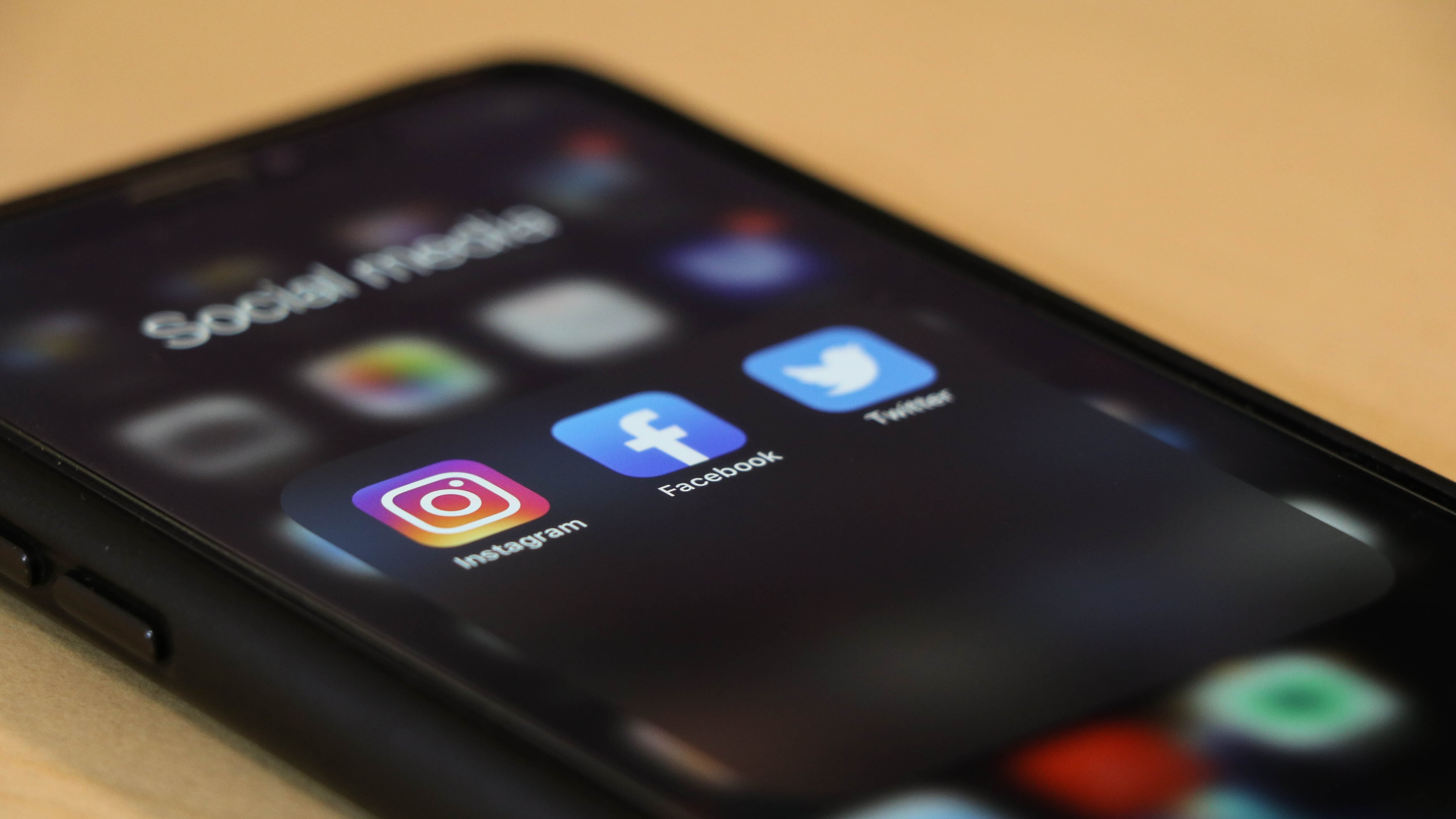Assembly Bill No. 873, set to take effect at the start of the next academic year, will enforce the teaching of media literacy across K-12 schools in California. With the rise of social media and subsequent “fake news” consumed by the public, the bill aims to educate young students on the importance of critical thinking regarding news, media and other digital evaluation skills.
The bill, originally introduced by assemblymember Marc Berman, was signed into law by Governor Newsom in October. Apart from teaching media literacy on its own, it will also be incorporated into existing English, science, math, and history curricula, according to KTLA.
With the rise of social media blurring the line between fact and fiction, the coursework adjusted due to this bill may allow students to become more informed consumers of news. Schools in California will teach students how to critically analyze the content they absorb from various digital sources, which is a skill they will carry with them in the real world.
“The growing ubiquity of new forms of media necessitates the need for comprehensive media literacy education for all elementary and secondary pupils,” states section one of the published Bill Text.
While the bill was only recently passed, the need for a comprehensive media literacy curriculum has been a topic of interest for many years according to a 2019 Stanford University study referenced in the Bill Text.
“82 percent of middle school pupils struggled to distinguish advertisements from news stories,” reports the study.
In conjunction with this statistic, many other researchers from past studies showed the lack of verifying credibility in news sources that middle and high school students held.
The Stanford University researchers mention another study performed by the Stanford History Education Group in 2016, which showed that “young people lacked basic skills of digital evaluation. Since then, a whole host of efforts—including legislative initiatives in 18 states—have sought to address this problem.”
Fake news and disinformation are constantly circulated throughout the Internet, which are only amplified by the presence of global, newsworthy events. In the past few weeks, misinformation regarding the Israel-Hamas war has been identified on a multitude of social media platforms.
False information has been disseminated in the form of misinterpreted videos and photos as well as explicitly fabricated news. From altered images to outdated, out-of-context footage, it is becoming more and more difficult to trust the validity of sources on Instagram, TikTok and X, formerly Twitter, where users spread disinformation according to an article by Boston University. Additionally, the problem escalates when content creators of these platforms share and repost these false stories.
“One of the dangers here is that disinformation doesn’t just get you to believe a false thing is true; it also gets you to believe a true thing is false. That’s the poison that disinformation puts in the atmosphere,” said Lee McIntyre, a research fellow at Boston University’s Center for Philosophy & History of Science in an article by Boston University about misinformation and disinformation surrounding the Israel-Hamas war.
The epidemic of false news has been an ongoing issue, and will only continue to define younger generations as social media usage increases. With this bill, California aims to spearhead critical media literacy education regarding fake news.
“The spread of disinformation on social media is not something new. Last year, shortly after the insurrection of the capitol building in Washington D.C., the LAUSD Board of Education recognized this as a key issue,” said Los Angeles Unified School District administrators in an LAUSD article.
McIntyre encourages social media consumers to think critically about the content they consume and seek out credible sources. But, with more legislative action and education — the problem of misinformation can be combated.
“[The] primary way to fight back is to expose [something as] disinformation. As I often say, ‘You cannot win a disinformation war unless you realize you’re in one’,” said McIntyre.
